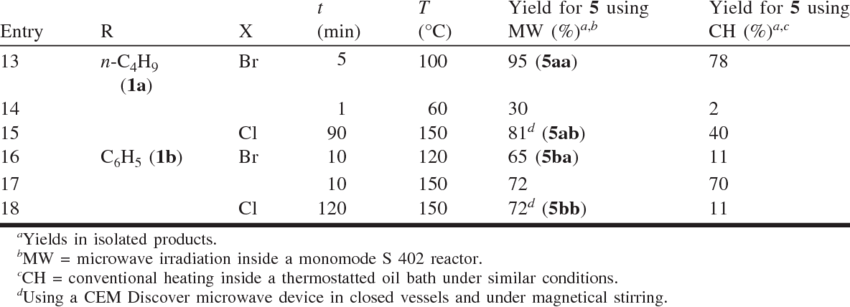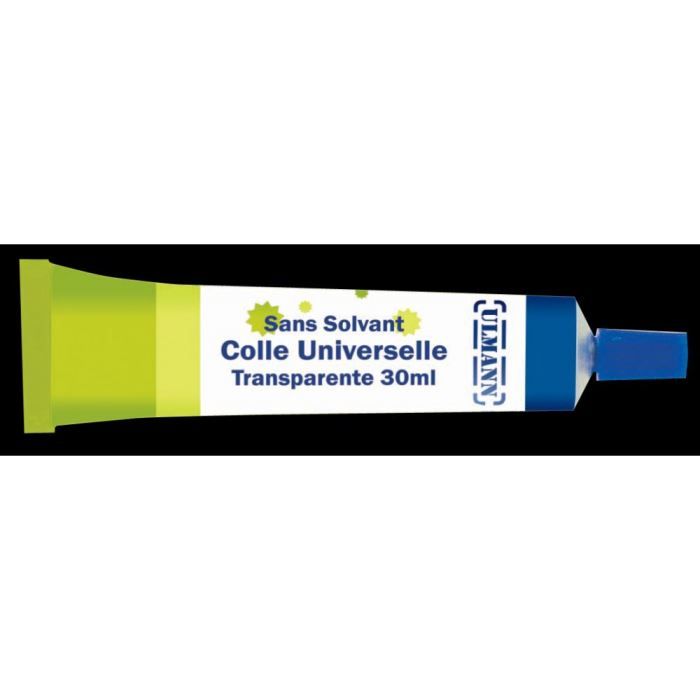

New explorations, which began in the 1570s, were far to the north ( see Arctic Exploration), where the English, in particular, made repeated attempts along the icebound shores of the eastern Arctic to find a water route to the Pacific. Similarly, like Cabot and Verrazzano, he did not reach the Pacific, but did find a route pointing straight west.įor the remainder of the century the French and other Europeans continued to exploit the fisheries and the fur trade, but after Cartier the limits of French enterprise stopped at Tadoussac.Īrctic Exploration and the Northwest Passage While Cartier had not found the "great quantity of gold, and other precious things" mentioned in his instructions, he did locate the gulf's teeming fisheries and the mainland's furs, tempting Europe's commercial interests. Around this time, the Iroquoians, so important in Canada's history, entered the journals and the consciousness of the French. He also discovered the Canadian winter, for in 1535–36, frozen in at Stadacona, he lost almost a quarter of his men to the cold and scurvy.Ĭartier's explorations show a close, if increasingly uneasy, relationship with the First Nations of the St Lawrence Valley. The St Lawrence would, with its tributaries, enable the French to explore and dominate much of the northeast of the continent in the 17th century. He had now navigated both northern and southern entrances into the gulf, and had shown Newfoundland to be insular. On his return voyage Cartier passed through Cabot Strait between Cape Breton and Newfoundland. For the first time, Europeans were given some idea of the vastness of the country.

At the latter spot, 1,600 km into the continent, the Iroquois insisted that the river, now broken by rapids, stretched three months' travel to the west. On his second, he followed the St Lawrence to the Iroquoian townships of Stadacona ( Québec) and Hochelaga ( Montréal). On his first voyage he entered and explored the Gulf of St Lawrence by way of the Strait of Belle Isle. Jacques Cartier made three voyages to Canada in 1534, 1535––42. Maps of the period show the rudimentary and hesitant outline of a coast stretching from the Spanish discoveries around the Carolinas northeast to the cod fisheries however, there was still no understanding that Newfoundland was an island, nor any clear idea as to the nature of the coastline between the area of Spanish knowledge and the fishing banks 3,000 km north where the English, Portuguese and Bretons were active.Īlthough Giovanni da Verrazzano sailed from North Carolina to Newfoundland in 1524 in French service, he stayed too far from shore to sight the strait separating Cape Breton from Newfoundland, and so remained ignorant of the Gulf of St Lawrence. In addition, a rumoured expedition in about 1508–09 by John Cabot's son, Sebastian, may simply have been a hoax. Equally difficult to pinpoint is the activity of the Portuguese Corte-Real family in that area between 15. ExplorersĪt this time were seeking a westward route to Asia.Ĭabot probably coasted the shores of Maine, Nova Scotia, Newfoundland and Labrador certainly he saw enough to organize a more ambitious, but totally disastrous, venture the next year.

Hard evidence points to John Cabot’s English expedition of 1497 as the first known voyage to mainland North America in the new era of overseas discovery. Some speculate that seamen from Bristol reached Newfoundland, or thereabouts, as early as the 1480s, predating Columbus's voyage of 1492.
#Solavant explorers series#
These remains show that the earliest sighting was probably made by Bjarni Herjolfesson in 985 or 986 and that in about 1000, Leif Ericsson landed in the first of a series of expeditions culminating in the establishment of a short-lived Norse settlement.ĭespite these Norse settlements, when Europeans again approached northeastern America in the late 15th century, they were likely unaware of the routes and discoveries of their predecessors. However, archaeological excavations at L'Anse aux Meadows near the northern tip of Newfoundland suggest Norsemen were the first Europeans to see Canada in the late 10th and early 11th centuries. Claims have been made for the sighting of some part of Canada's Atlantic coastline by the Irish monk St Brendan in the sixth century. Until well into the 16th century, Europe's knowledge of the nearest part of America, its eastern extremity at Newfoundland, was misty and uncertain.


 0 kommentar(er)
0 kommentar(er)
